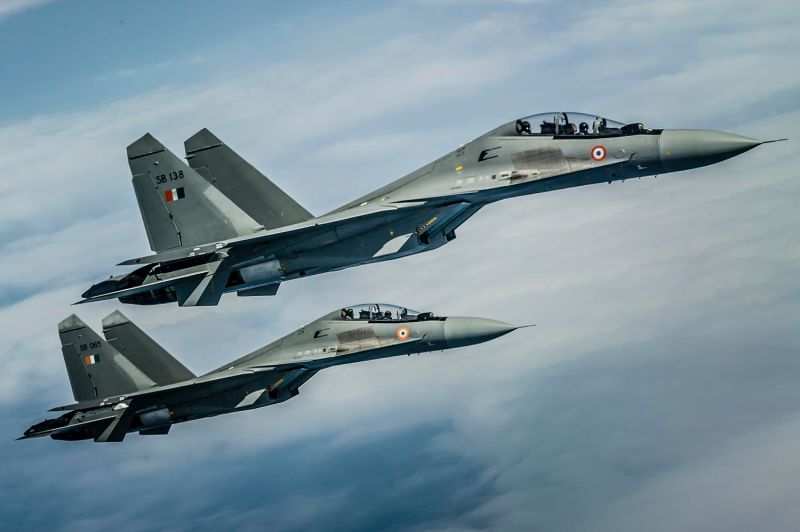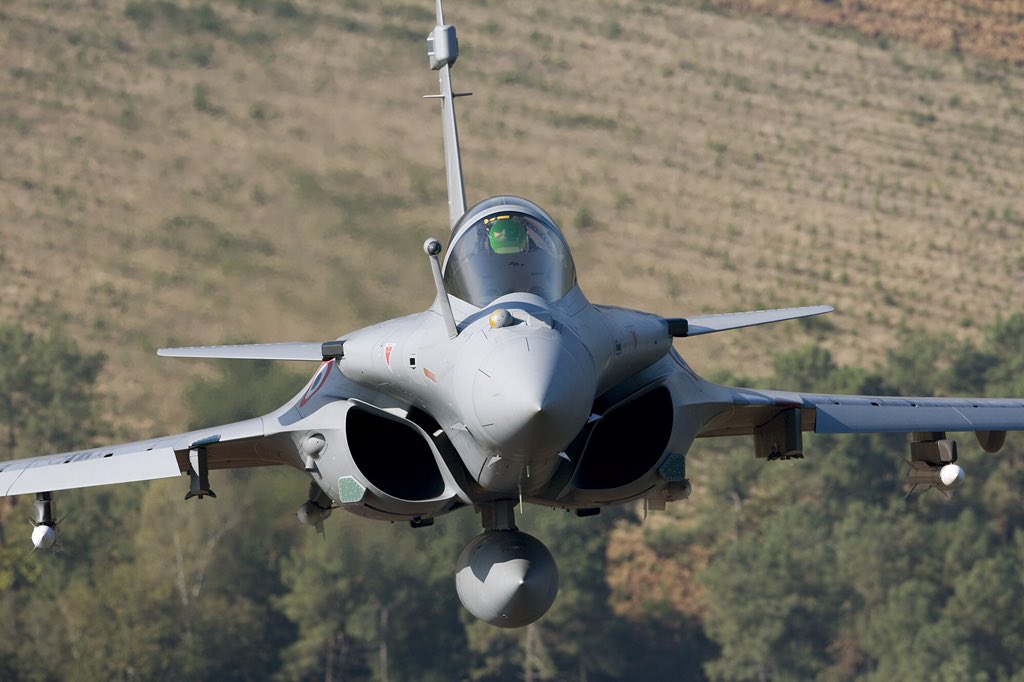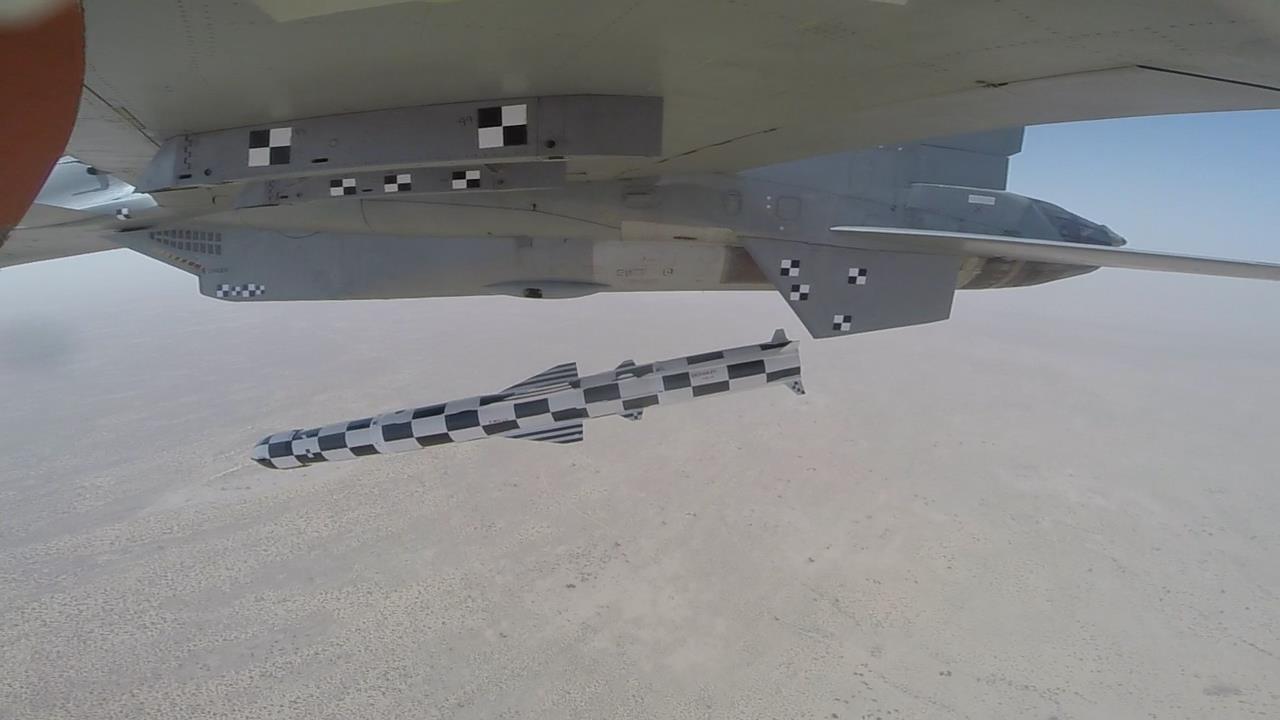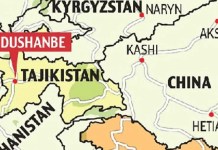The Indian Air Force (IAF) is in the process of procuring 114 multi-role jets, a project expected to cost Rs 1.3 trillion and go on at least for a decade until the first fighter jet is delivered.
US Military To Declassify Its ‘Super-Secret’ Space Weapon; Experts Call It Warning To ‘Adversaries’
Video Resurfaces When World’s Most Powerful Aircraft – F-22 Raptor Was ‘Shot-Down’ By Rafale Fighter Jet
While a Request for Information (RFI) has already been issued, an Acceptance of Necessity (AoN) is awaited from the Ministry of Defense (MoD). Following the RFP, technical bids, commercial bids, and evaluation trials will take at least 10 years, by when the IAF will have retired its vintage MiG-21 Bisons.
The only silver lining is that 83 LCA Mark 1A jets contracted by the IAF will have begun reaching squadrons. Tejas is, however, not a multirole fighter, and can be used for point defense, escort roles, or light ground attack at best.
Considering the long timelines and massive cost, can the IAF settle for a cheaper, faster, and equally effective option of plugging the gap by buying more upgraded Sukhoi Su-30s?

This can be examined after considering two previous proposals from the state-owned Hindustan Aeronautics Limited (HAL) pertaining to the Rafale procurement, where it offered building three Su-30 squadrons at a third of the price. It had later proposed to upgrade the existing Sukhoi fleet with more modern avionics, dubbing it the ‘Super Sukhoi’ standard.
India Fast-Tracks Its Stealth Fighter Program; Incorporates Key Russian Tech Missing In Western Jets
US, Russia, France In The Race
In the 114 jet deal, the US is offering the F-15EX, F-18 Super Hornet and an F-16 variant called the F-21. Russia is pitching the MiG-35 and possibly either a Su-57 or a Su-35; Sweden’s Saab is fielding an even advanced variant of the Gripen than the one that competed in the 2007 MMRCA deal; while France is again offering the Rafale here. India has already purchased 36 Dassault Rafale jets for IAF.
The Su-30 is a highly advanced and capable plane that can perform all roles – from air superiority/interception, ground attack, to being a fighter-bomber – while being a third of the cost of a single Rafale.

At roughly Rs 430 crore per jet, the Su-30 is less than half of the Rs 1,000 crore that the Indian government is paying for each Rafale. This too is an estimated price arrived at by experts and media houses, with the government refusing to share the cost of the procurement in Parliament.
China Aggressively Upgrading Its J-10 Fighter Jets; Why India’s HAL Tejas ‘Lags Behind’ The PLAAF Aircraft?
The HAL plant at Ozhar in Nashik is building the last 23 Su-30s of the 272 it was supposed to assemble, with the Completely Knocked Down (CKD) kits coming from Russia itself.
In May 2018, it offered to build three squadrons at roughly Rs 17,000 crore, particularly with regards to upgrading older Su-30s to launch the BrahMos Air Launched Cruise Missile (ALCM).

“Instead of upgrading older fighters, with a shorter residual lifespan, it would be better to build three more squadrons of Sukhois with the capability to carry BrahMos missiles,” then HAL Chairman T. Suvarna Raju had stated.

Sukhoi-BrahMos Super Combo
The BrahMos missile, a product of the Indo-Russian joint venture BrahMos Aerospace, was first successfully test-fired from a Su-30 in November 2017 and was last tested in October 2020.
This has made India one of the few countries in the world, capable of firing a supersonic cruise missile from a jet, which itself has not originated in the country. This gives a tremendous strike capability threatening vital enemy strategic locations and greater flexibility in conducting offensive operations.
The Super Sukhoi upgrade proposal by HAL in January this year involves upgrading 200 Su-30s with newer indigenous radars, avionics, cockpit layouts, and electronic warfare (EW) suites, which is pending approval with the IAF.

The proposed upgrades include an Uttam AESA Fire Control Radar; a newer Infrared Search and Track (IRST) developed by Bharat Electronics Limited (BEL) that is superior to the present Russian OLS 30; upgraded cockpits with high-resolution LCDs, multifunction control panels, a Heads Up Display; an AI-enabled voice and speech recognition technology that recognizes Indian accents with 98% accuracy; an indigenous Digital Flight Control Computer (DFCC); and an Advanced Self Protection Jammer developed by the Defence Avionics Research Establishment (DARE).
‘Deal Of The Century’: Why Tata-Airbus Joint Venture Could Pave Way For India To Become A Global Aerospace Hub
While comparing the Rafale and the Su-30, defense analyst Bharat Karnad says, “It is not my case that the avionics on the Rafale and the weapons it carries (air-to-ground Scalp missile, air-to-air Meteor missile, and Hammer (Highly Agile and Manoeuvrable Munition Extended Range) for precision A2G targeting are not qualitatively superior to their Russian counterparts that the IAF uses.
“Rather, that the price differential between the French and the Russian ordnance is so great it is not matched by proportionate performance upgrade and, hence, that it makes no sense for the IAF not to massively augment its Su-30 fleet for the cost of a truckload of Meteors.
The Sukhoi by all accounts is the finest fighter-bomber now flying. And upgraded to the ‘Super Sukhoi’ configuration, the Su-30 will be well-nigh unbeatable.”
- Parth Satam is a Mumbai-based journalist who has been covering India’s defense sector for more than a decade. He maintains a keen interest in defense, aerospace and foreign affairs and can be reached at satamp@gmail.com
- Follow EurAsian Times on Google News




